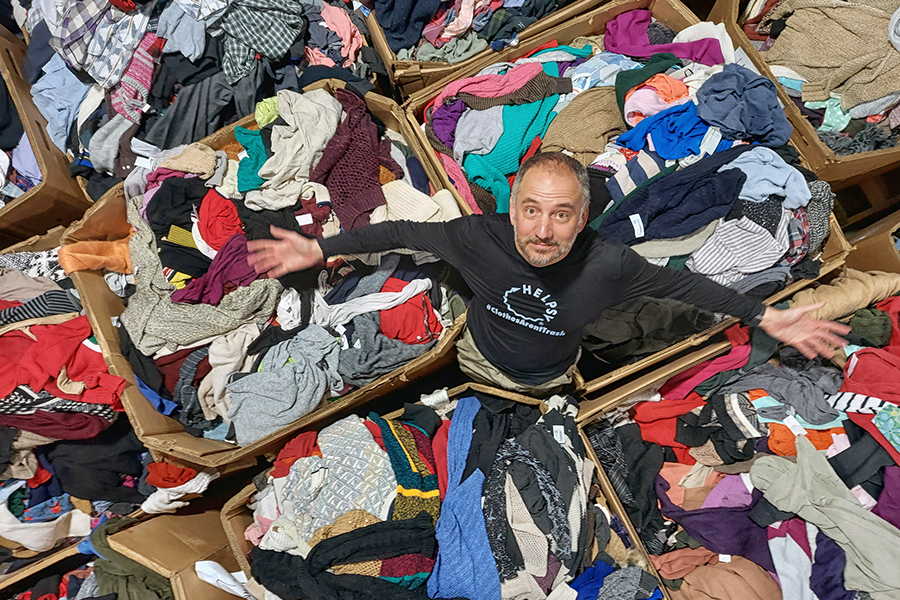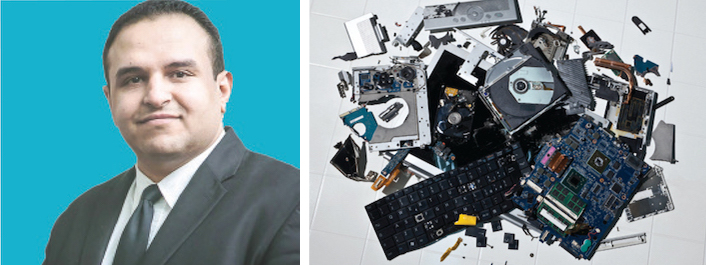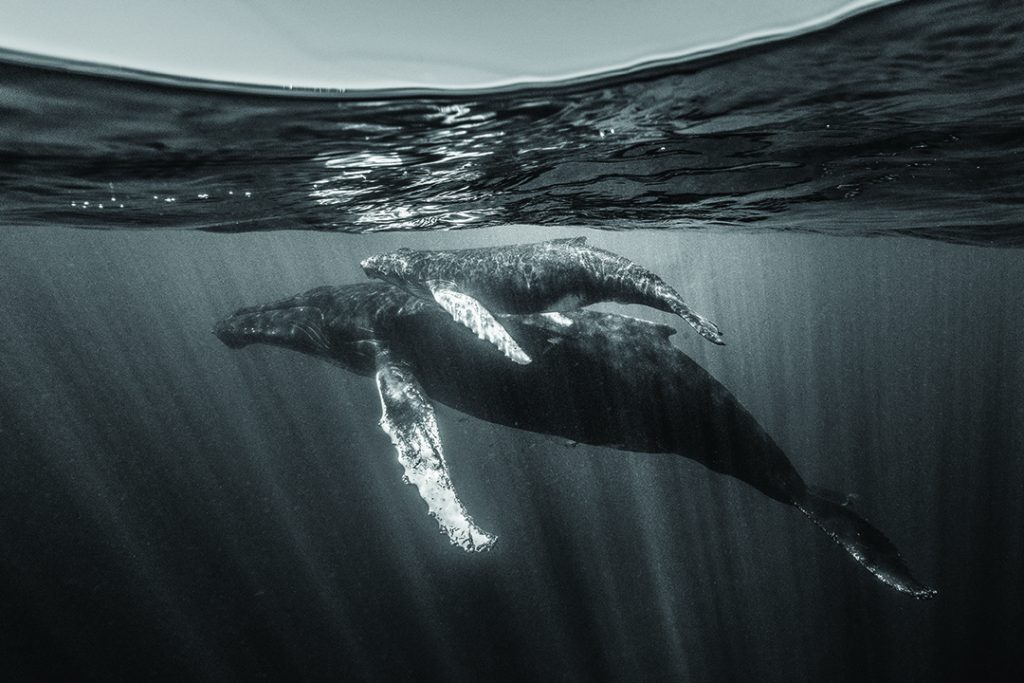The Clothing Donation Model Is Broken

Alex Husted (above) has a solution for the antiquated one-stream, consignment, donation model for recycled clothing.
The average American puts 100 lbs of clothes per year into the trash. Clothes and shoes are by far the fastest-growing waste stream. According to the EPA, only about 15% of clothes and shoes in the United States are currently reused or recycled. To increase the diversion rate, we need investment by reverse logistics and recycling companies. These companies need to find enough value in discarded clothes and shoes to pay for the costs of collection, sorting, resale, and recycling. Keeping up with this expanding tragedy is hard work that requires scalable solutions. The growing trend of inaccurate information risks putting large-scale collectors and recyclers — those doing the heavy lifting on an escalating problem — out of business.
The COVID closet cleanout trend has led to a torrent of clothing hitting thrift stores and collection bins, along with an equal flurry of terribly misguided press about clothing reuse and recycling of textiles. Well-meaning journalists and bloggers are encouraging consignment, swapping, and thrifts as the first stop for your best-quality unwanted clothes, telling people to place only their damaged items in collection bins. This has terrible environmental consequences, for without the best-quality items, there isn’t enough value in the waste stream to pay for expanding collection efforts.
The only way recycling at necessary scale will happen is through the efforts of for-profit recycling and reverse logistics companies. These companies collect used clothing through charity partnerships, clothing collection bins, home pickup, and municipal partnerships. They pay the hefty cost of collection through the value of the goods collected. The highest-value materials can be reused again as clothing. By selling reusable materials into secondhand markets, these companies subsidize the cost of properly downcycling and recycling the remaining materials. Think of it this way: We can’t recycle your ripped towels if we are not also able to resell your designer jeans.
The fashion industry should produce far less and better quality items that last, and consumers should drastically curb their consumption. But while we wait for the “shoulds,” clothing recycling businesses are the only ones equipped to handle this waste — and they need your help to make it happen.
The bulk of used clothing is bought by and sold in overseas markets — over 70% of the world shops secondhand clothing. If trade with these foreign markets stops, fast fashion imports will increase in these same nations as the next, most affordable option. Placing only the damaged and least valuable items in U.S. bins will make the bins disappear, along with the thousands of American jobs they create. This means the billions of pounds of clothing currently collected by the bins will end up in overloaded landfills and incinerators around the country. The thrift stores and small charities remaining will continue to be increasingly overburdened and end up turning away, or simply trashing your damaged goods. We will be back to square one. Want to help? Start by buying used clothes rather than new. You can shop at swap.com or your local second-hand stores. Want to do more? Get your favorite charity charged up about solving this growing problem by hosting a clothing drive with HELPSY or a local collector. This is the fantastic win-win solution that raises funds for your organization while taking a bite out of this massive environmental problem.
Want to make a real impact? Talk to your town about starting a textile waste program. Many municipalities are starting to take zero waste initiatives seriously, but no program is complete without a plan for textile waste. Boston is a great example of a major city leading the charge toward zero waste by taking action to address textile waste.
Textile waste is a problem we can solve together. Buy less, buy used, and properly dispose of all your unwanted items with a collector who will take and properly dispose of everything. n
Alex Husted is cofounder of HELPSY, a for-profit B Corp with an environmental mission to radically change the way people think about clothing recycling.





Responses